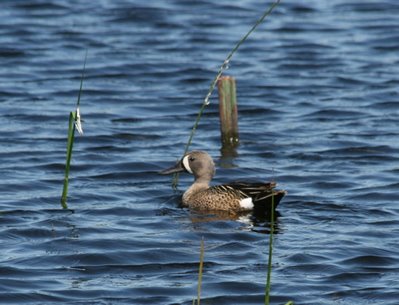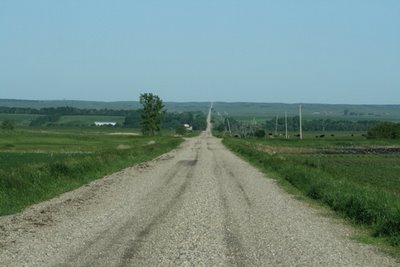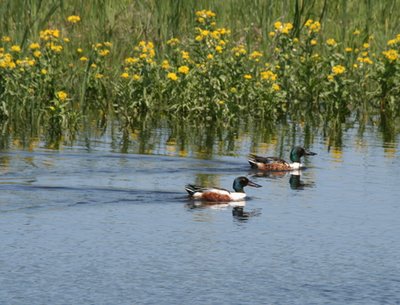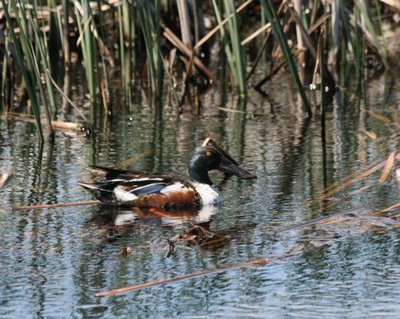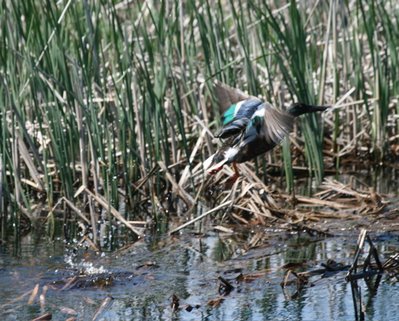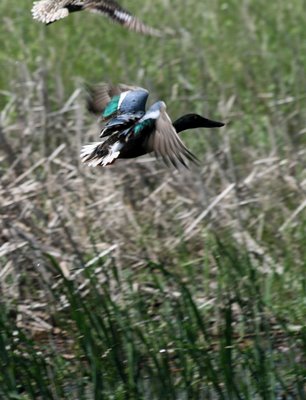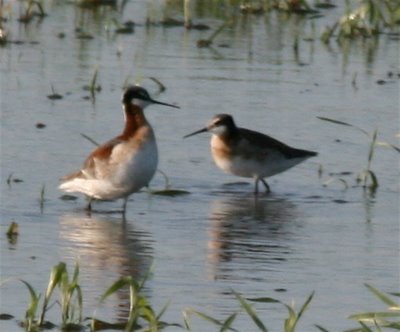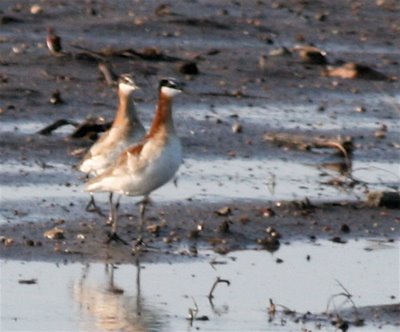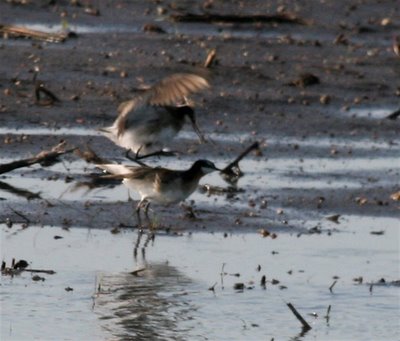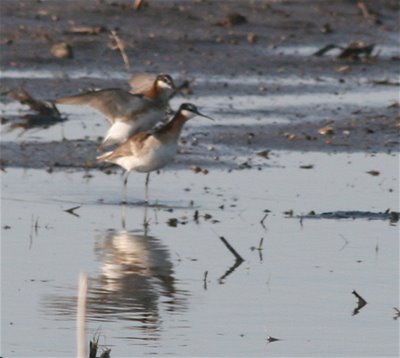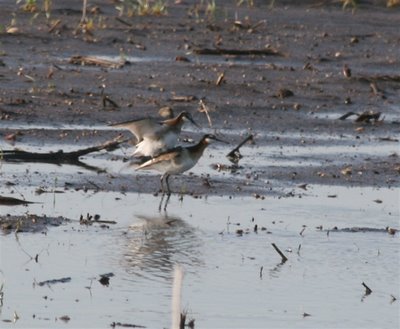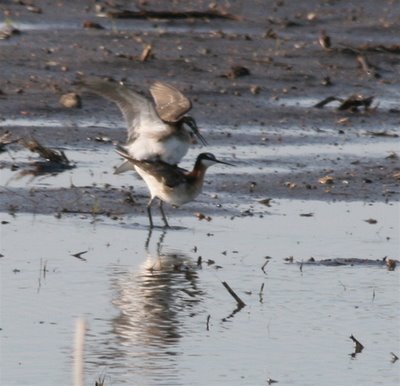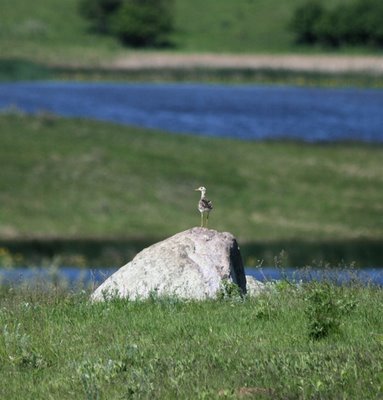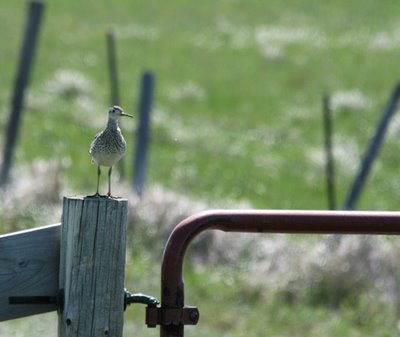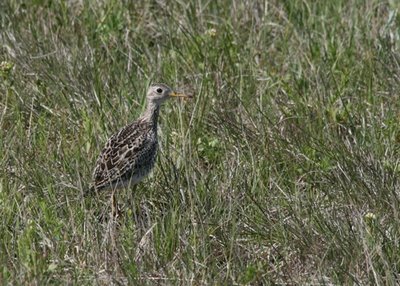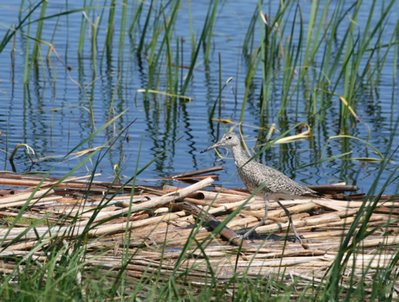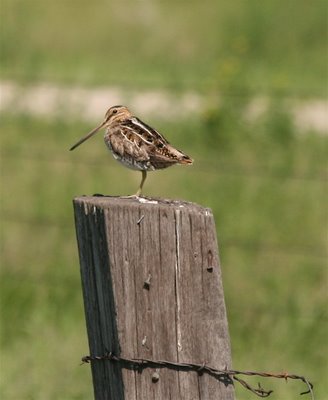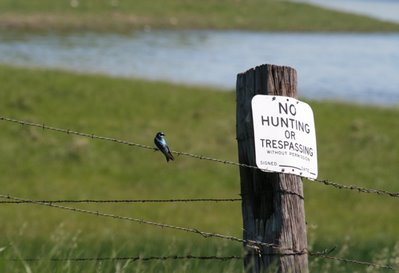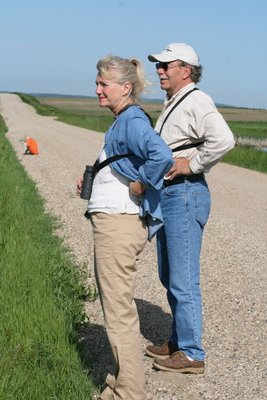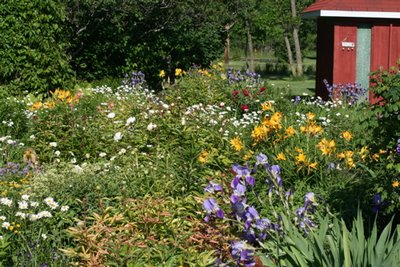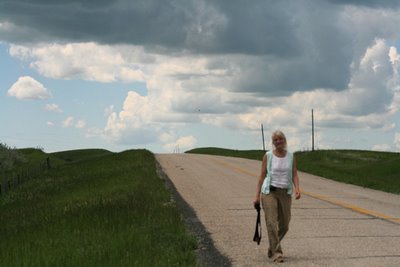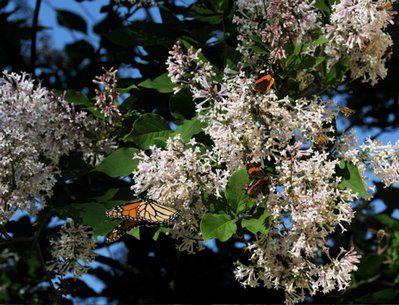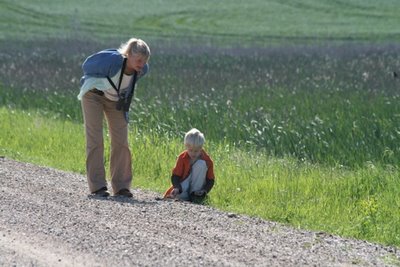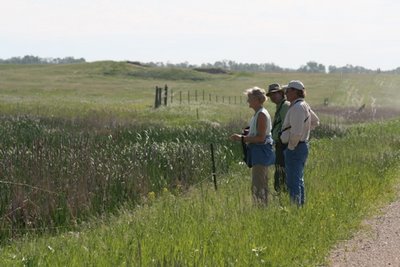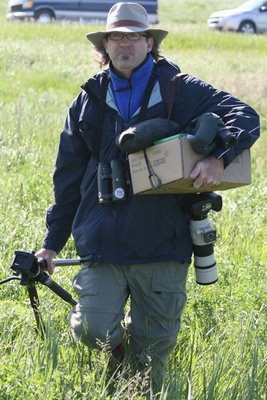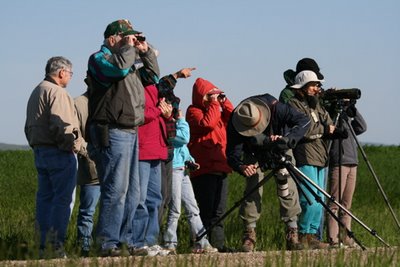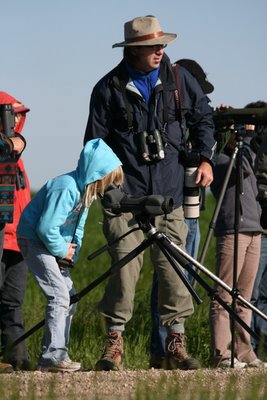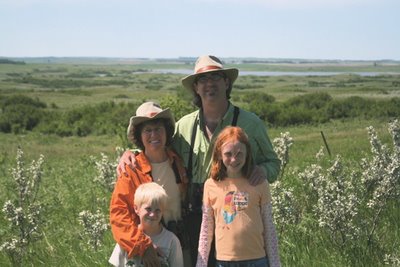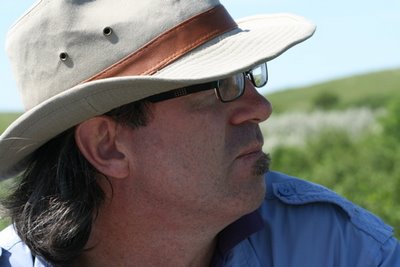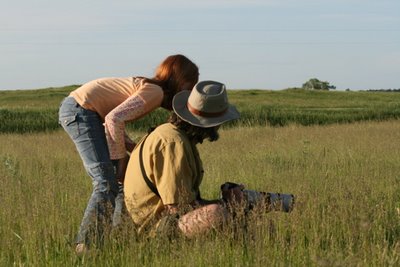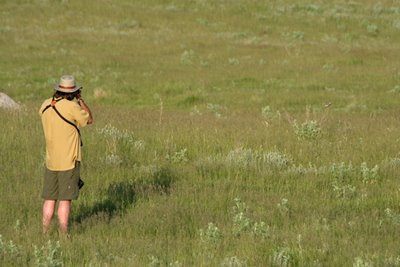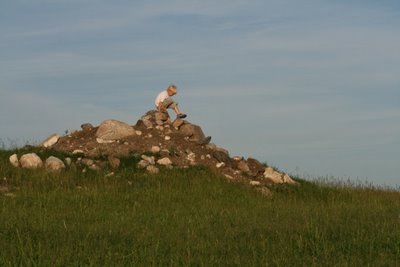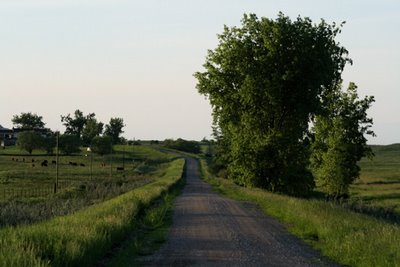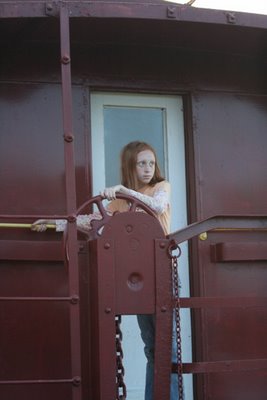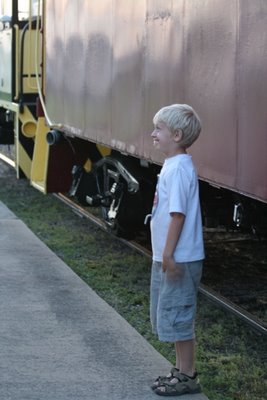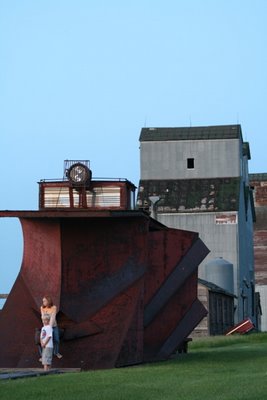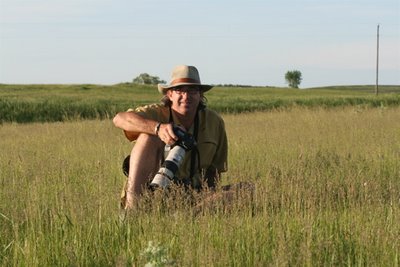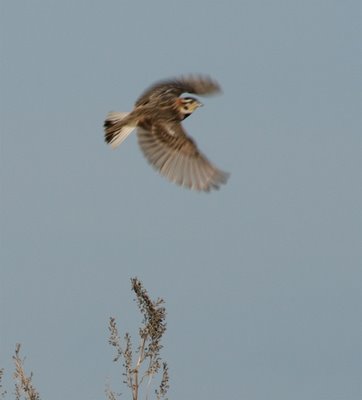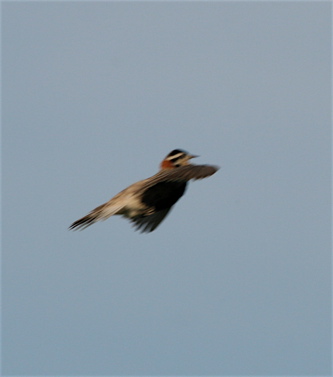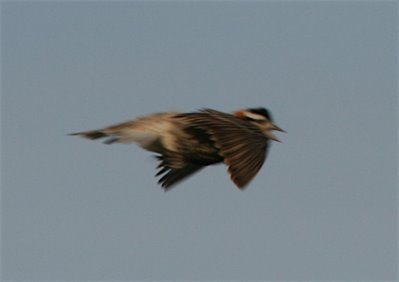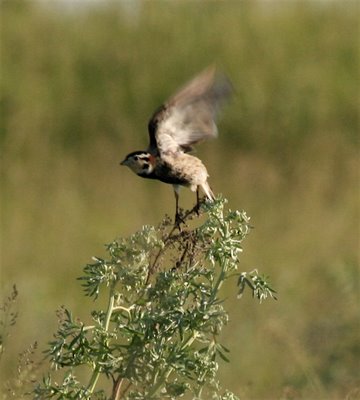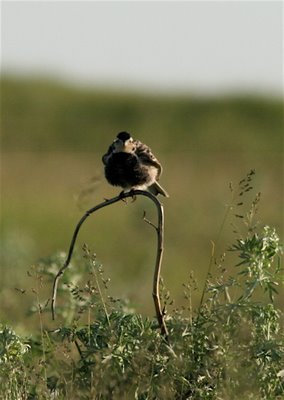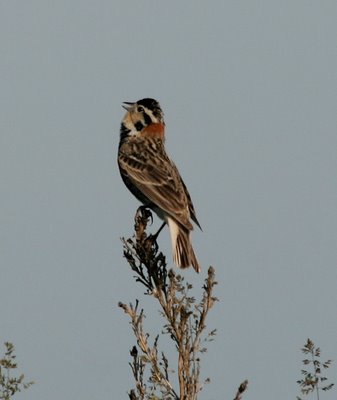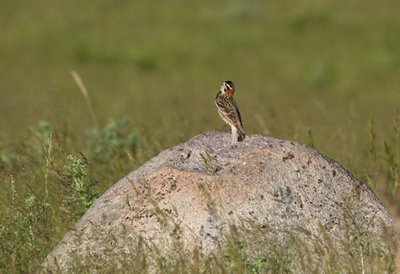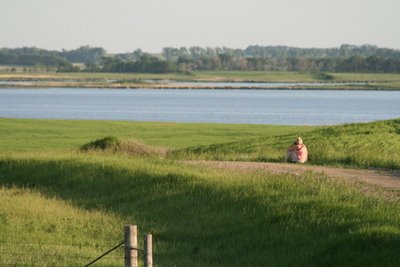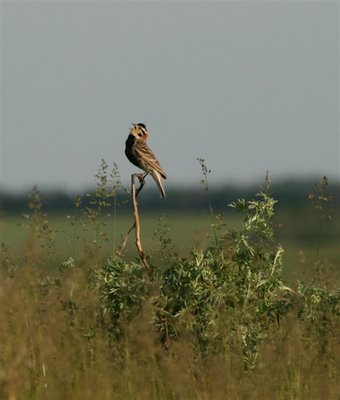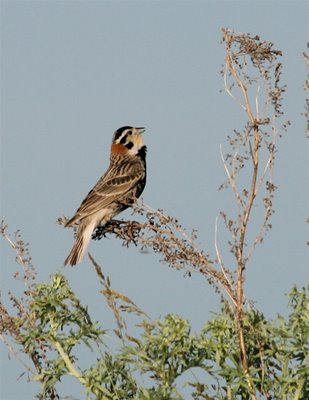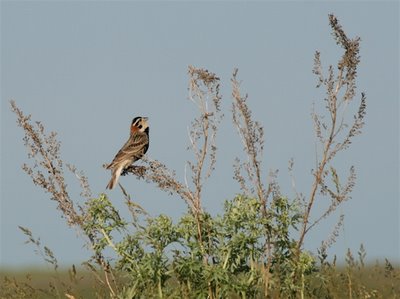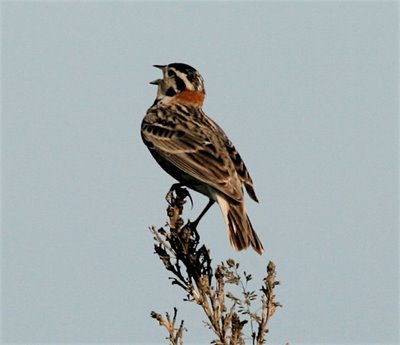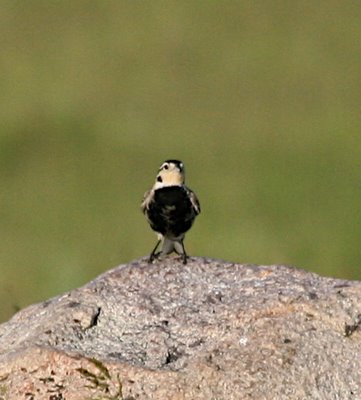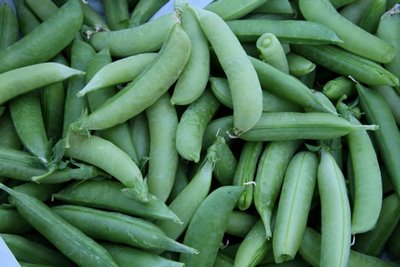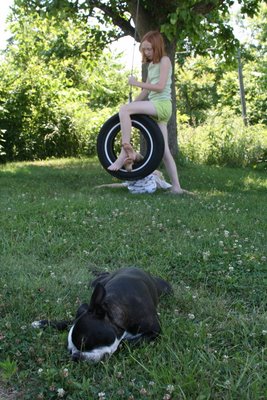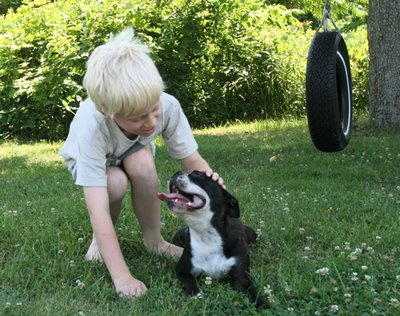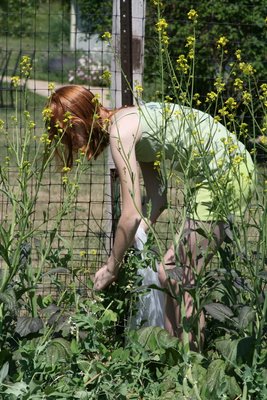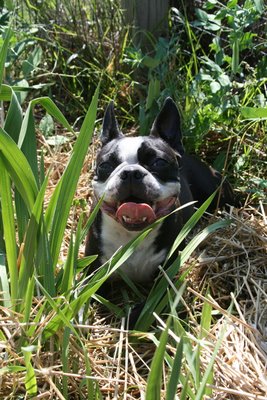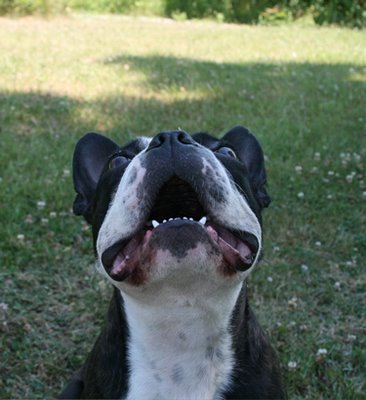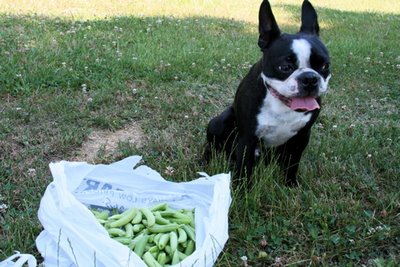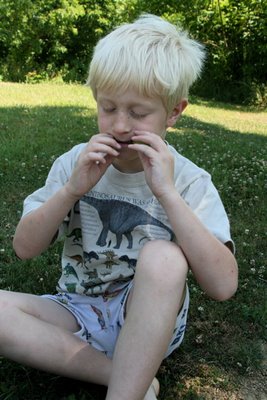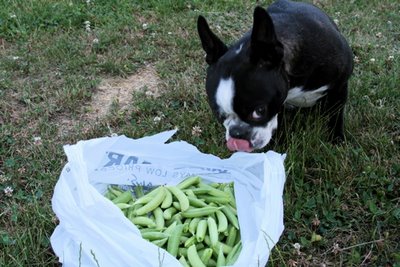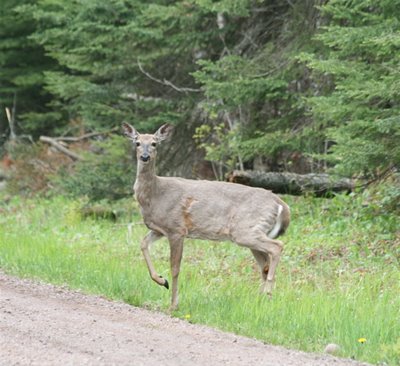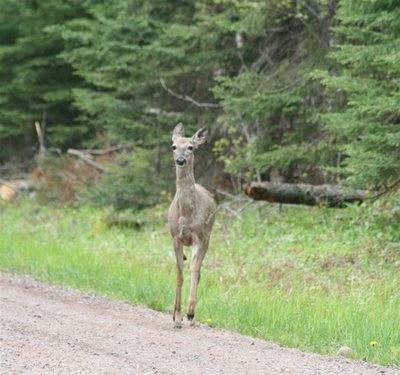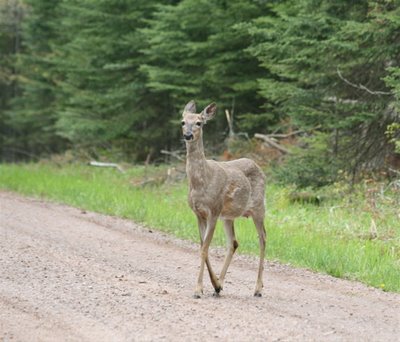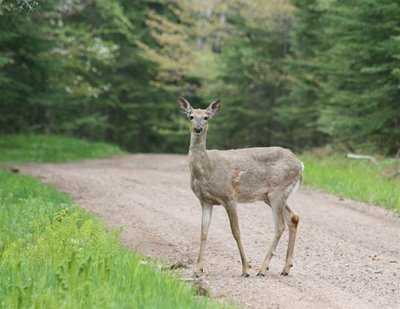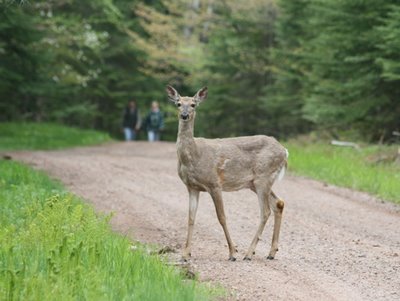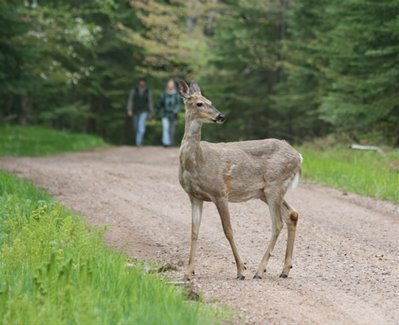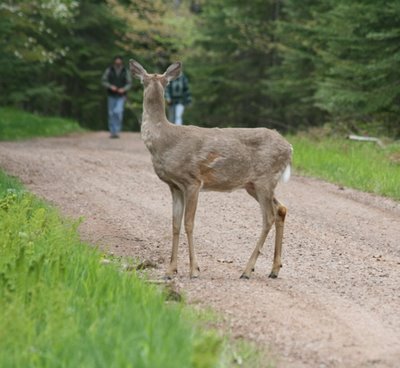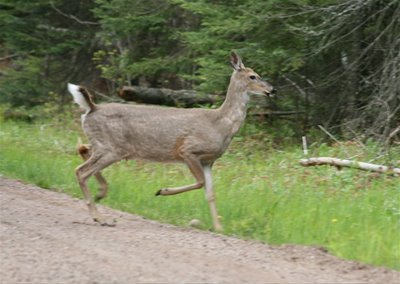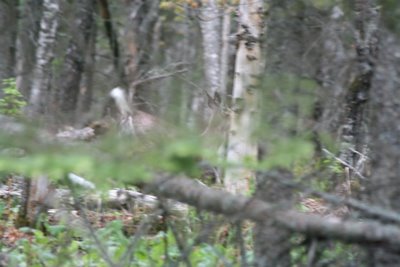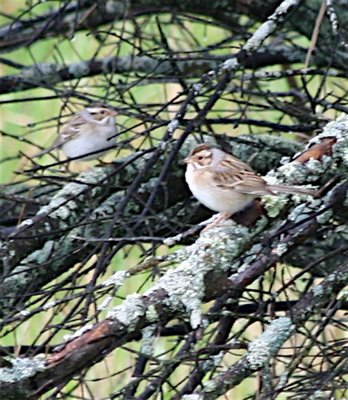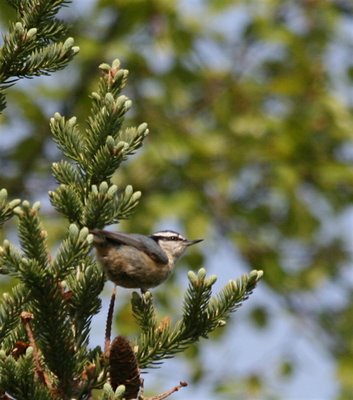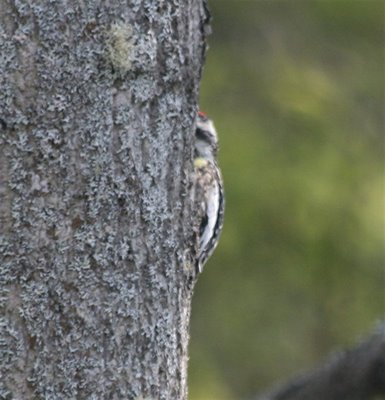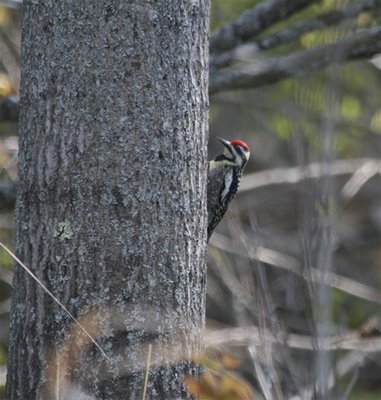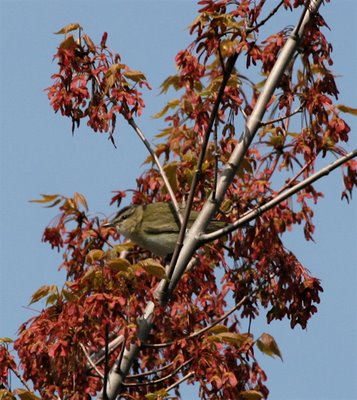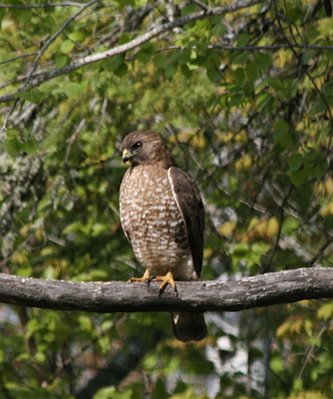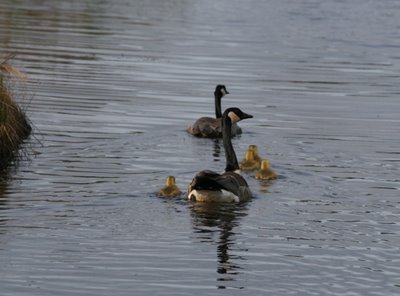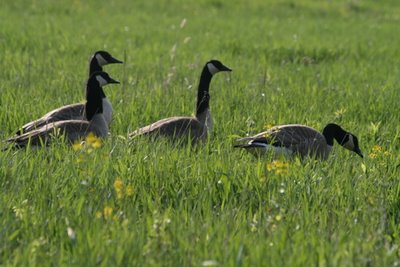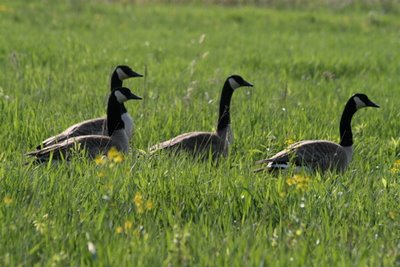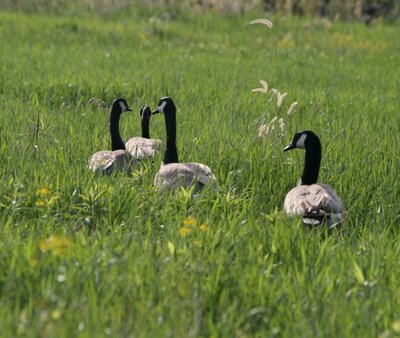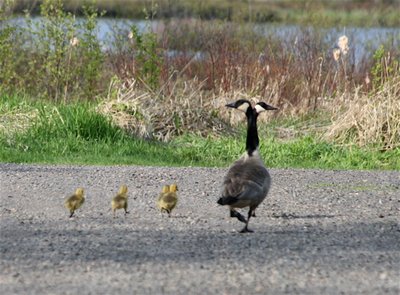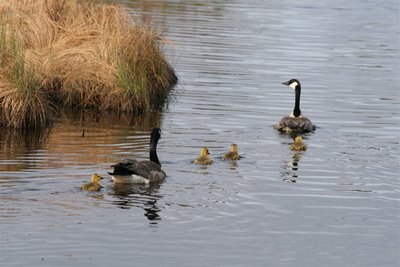Where'd you come from
Where'd you go?
Where'd you come from, Rose-breasted Joe?
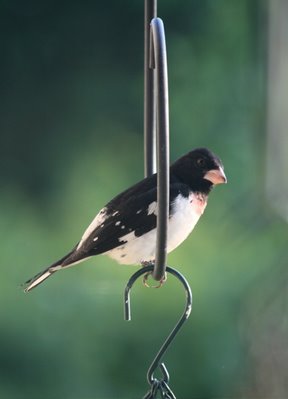
If you keep watching, you never know what you'll see. I awoke one morning in the last days of May to find a rose-breasted grosbeak on the peanut feeder, right by the front door. This is something I had never seen, but I see things I've never seen before almost every day.
There were several things that were unusual about this event. I hadn't known peanuts would attract a rose-breasted grosbeak, for starters. He was an adult male, but in unusual plumage--a very pale pink cravat, instead of the typical deep carmine. He was missing the right half of his tail. He was almost a month late in migrating. He shouldn't have been here, in southern Ohio, outside the breeding range. And he was ridiculously tame.
My wheels started spinning. Poor plumage and soft part coloration generally indicates an inadequate diet. Tameness can mean a lot of things. Sometimes it means illness or injury, and sometimes it means that a bird has prior association with people. Sometimes it just means that a bird is unafraid, for reasons we can't divine. I began to wonder if this bird had been hand-raised. When you get a forest bird that hangs around your front door, perching freely on man-made objects, you wonder. When I came out of the door to fill the suet dough feeder, he flew to our Air Chair stand, perched on the slippery, shiny metal, and sang a sweet melody for me. Hmmmm. If somebody hung a naked lightbulb over my head, I'd tell them this bird had been captive raised, and be pretty sure I was telling them the truth. But he'd have to have been captive raised a year ago, as a nestling, to behave like this. Well, stranger things have happened. What I loved was that he showed up at Hotel Zickefoose.
I had a special interest in this little guy because, years ago when I did a lot of songbird rehabilitation in Connecticut, I raised a rose-breasted grosbeak. I'm not thinking this is the same bird, by any means--that was 24 years ago, and five states away...What a wonderful bird he was, too. He came to me with spraddled legs from a calcium deficiency. He was about 9 days old, and had been fed a questionable diet at a nature center. I taped his legs together in a normal position until they corrected themselves, put him on a proper substrate (a flat, hard surface can cause sprawled legs in a nestling in only a day or so), pumped up the calcium, fed him and stood back. Delightful, he was, sweet and unassuming, not bossy like a robin, just a nice, gentlemanly bird. He went back to the wild as smooth as silk, learning to pick up his own food. He loved peas and peaches and mealworms and sweet corn, and he hung around, taking food from a cup outdoors, for a few weeks after his release. He was sweet and affectionate, but when it was his time to leave, he left. This vagrant brought back pleasant memories of Jeff. What a blessing they both were.
He came to the feeder every morning for four days, parking on it, threatening the cardinals and woodpeckers who marveled at the colorful new visitor who'd come to share their peanuts.
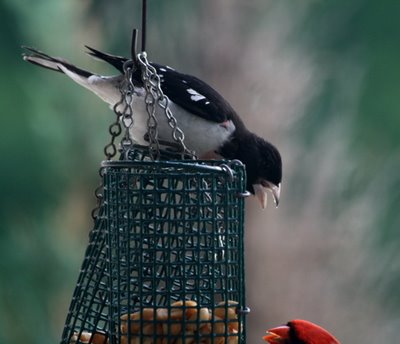
This downy woodpecker looks pretty taken aback at his manners.
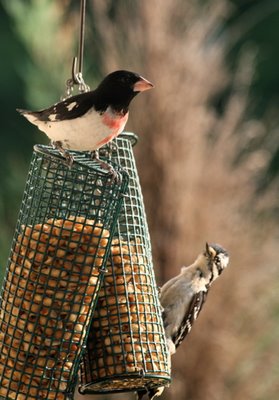
He drank and bathed in the Bird Spa, and he bossed folks around there, too. He didn't seem ill. Just odd, and tame.
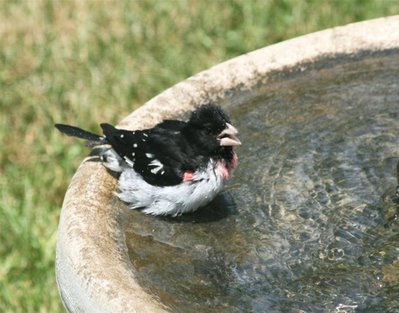
Walking outside with our friend Jason, we were startled when all the mourning doves spooked from the feeders. Urgent
seet calls from the titmice indicated a hawk was nearby. We heard a bonk on the studio windows, and I cringed, wondering who had hit. It was the grosbeak. Of all the birds to hit the window...He sat in the hummingbird bed for a half-hour while I kept watch over him from the studio. Please, please, open your eyes. Please fly. Please don't be hurt.
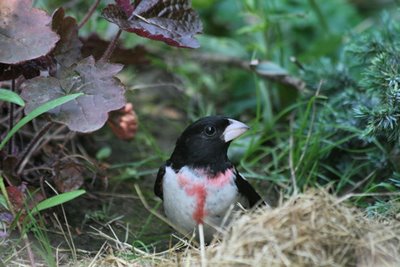
The hanging left wing worried me sick. We're leaving for North Dakota this week. I can't nurse you back to health. Please don't be injured. You're too sweet to wind up in a cage for the rest of your life, though you know I'd make a hot breakfast for you for the next 15 years if I had to.
Finally, he flew up to the birch, made a rocky landing, and sat there for awhile, gathering his scattered wits.
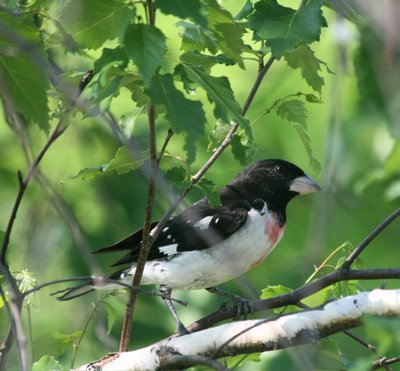
I had to leave then, to take the kids to a softball game. When we came back, the grosbeak was perched attractively on the trunk of my western red cedar bonsai, right by the front door. Oh, poor sweet thing. Are you feeling shaky? Do you need help?
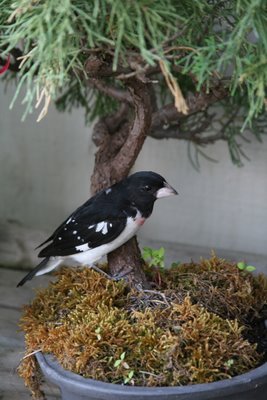
I put some peanut bits and suet dough in front of him. He considered those for a few minutes, then launched in flight--straight into the foyer window. He didn't hit hard, having flown only a couple of feet. I came to his rescue, and he hopped up on my finger like a tame parakeet.
Go get my camera, Phoebe! She couldn't find it, and by the time she'd come back out with it, he was gone, flying strongly over the roof of the house. That would have been a picture.
He stayed through June 2, past the "safe date" for suspected breeding in Ohio. I doubt that there's a female rose-breasted grosbeak for 100 miles around (about the closest would be Canton, Ohio, where Shila saw a pair gathering nesting material yesterday!) so I know he wasn't breeding here, and I hope he headed north, away from windows and houses, when he finally left. He was a gift, that's all, and I still shiver with the remembrance of his strong slate-blue toes, clutching my fingers.
Labels: late migrant, rose-breasted grosbeak, tame birds

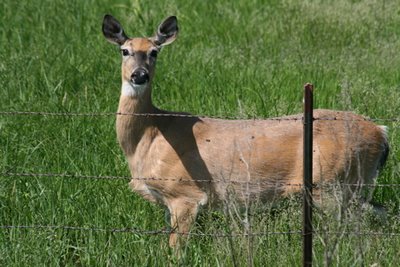
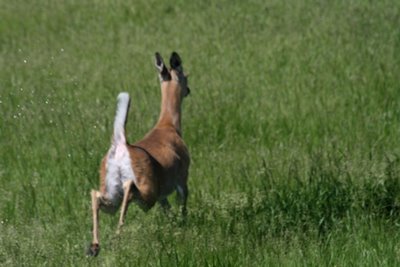 I’m sure the doe would disapprove of this shot, but it does show her nice full udder. She’s got a fawn somewhere hidden in the grass.
I’m sure the doe would disapprove of this shot, but it does show her nice full udder. She’s got a fawn somewhere hidden in the grass.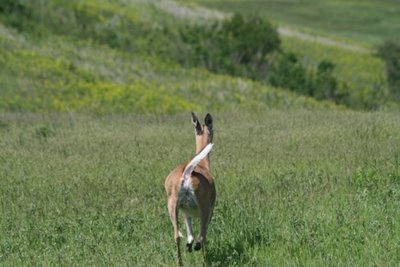 Or maybe she’s just fixin’ to drop one. Either way, she’s got milk.
Or maybe she’s just fixin’ to drop one. Either way, she’s got milk.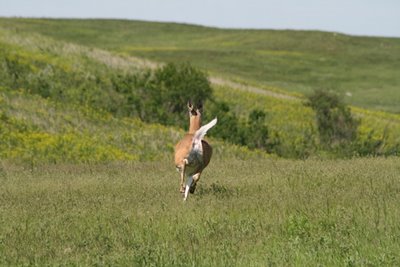 Over the hill she goes.
Over the hill she goes.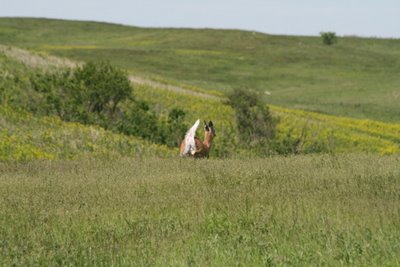 And stops for a last look back. Lucky girl, to be able to bring her baby up on the prairie, listening to western meadowlarks.
And stops for a last look back. Lucky girl, to be able to bring her baby up on the prairie, listening to western meadowlarks.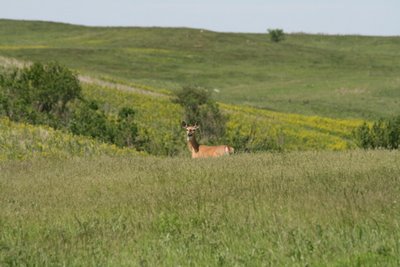 I'm praying for rain tonight like a prospector prays for gold. Please. The sky is deep Payne's gray-blue, the leaves are inside out, the radar looks good, all sprinkled with green and yellow, and I hope this storm actually forms and gives us some relief. We had our last picking of sugar snap peas last night, and the first picking of snap beans, and the beans are all J-shaped, the shape of drought. My tomatoes are just sitting there, sulking, hard little green marbles hanging from their tiny limbs. I don't want to haul out 200 feet of hose if I don't have to. I'm waiting, hoping, visualizing inches of rain coming down on my crisp gardens. May it rain on you, too.
I'm praying for rain tonight like a prospector prays for gold. Please. The sky is deep Payne's gray-blue, the leaves are inside out, the radar looks good, all sprinkled with green and yellow, and I hope this storm actually forms and gives us some relief. We had our last picking of sugar snap peas last night, and the first picking of snap beans, and the beans are all J-shaped, the shape of drought. My tomatoes are just sitting there, sulking, hard little green marbles hanging from their tiny limbs. I don't want to haul out 200 feet of hose if I don't have to. I'm waiting, hoping, visualizing inches of rain coming down on my crisp gardens. May it rain on you, too.
